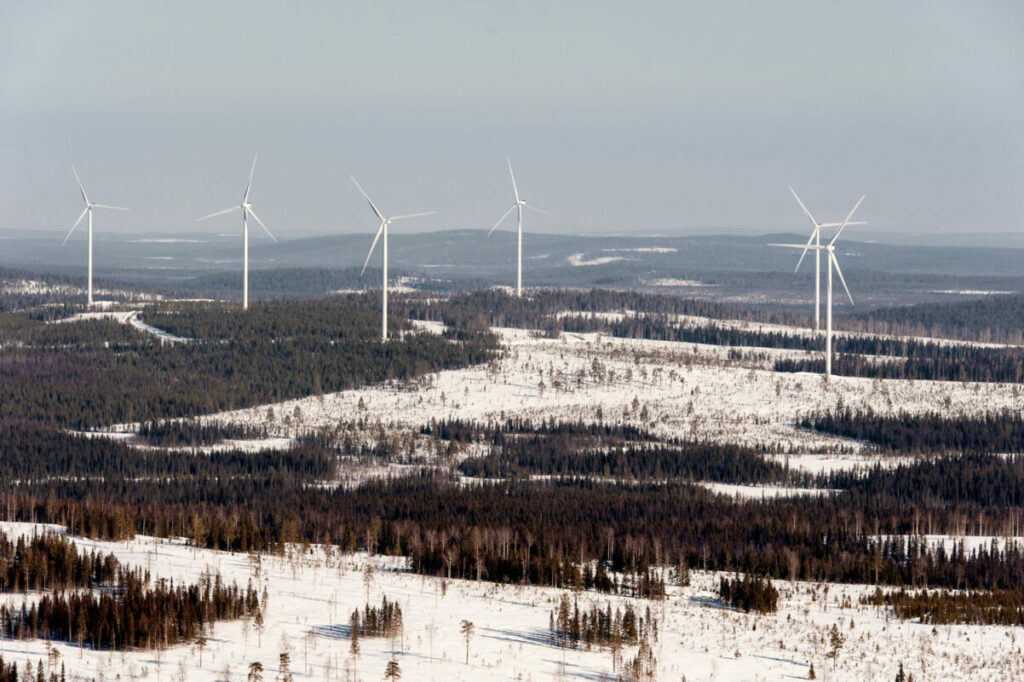
Executives from Sweden-based developer OX2 discussed its diversification from wind and solar into storage with Energy-Storage.news, with Poland a big part of that move.
The company is among the largest wind power developers in Europe, particularly onshore, and started diversifying into solar PV four years ago and now has energy storage in its sights.
Enjoy 12 months of exclusive analysis
- Regular insight and analysis of the industry’s biggest developments
- In-depth interviews with the industry’s leading figures
- Annual digital subscription to the PV Tech Power journal
- Discounts on Solar Media’s portfolio of events, in-person and virtual
It is active in Sweden, Finland, Poland, France, Lithuania, Italy, Romania, Greece and Spain, but the first three are its core markets and also those where it is most advanced in its energy storage journey. Poland alone accounts for over half of its energy storage development portfolio.
‘Needed to get into storage’ to continue renewables growth
“After moving into PV we looked at what the next new thing was and decided that to continue to grow in wind and PV we needed to get into energy storage, because it would be a critical part of the system,” Michiel van Asseldonk, technical lead energy storage told Energy-Storage.news in an interview last week at the Energy Storage Summit Central Eastern Europe 2023 in Warsaw, Poland.
“The initial market assessment pointed out that there was a good opportunity in the Nordics at that time and looking further it was obvious that Poland needs energy storage to transition, so we’re putting a lot of effort into Poland as well. We’re developing quite a big pipeline of energy storage projects across most of our markets.”
The model of OX2 is normally to develop projects and then sell to a long-term owner at the point of being ready-to-build (RTB), while also providing construction services and then its asset management arm to run the projects for said new owner. For energy storage, the company could follow this model but could change it slightly.
“The way you create value in energy storage might be a bit different to PV or wind, since there might not be a power purchase agreement (PPA) for example. There are other ways like auctions and market agreements,” added Pablo Astorga, storage portfolio manager for the firm.
Poland more than half of energy storage portfolio
It has an energy storage pipeline of 856MW as of Q2 2023, with Poland (440MW) accounting for the bulk, while Italy (100MW), Sweden (60MW) and Finland (50MW) are the next-largest in Europe. This year also saw it acquire Australia developer ESCO Pacific and inherit a 1.2GW PV, 200MW BESS pipeline.
December 2022 saw OX2 start construction on a 40MW battery energy storage system (BESS) project in Sweden and a capacity market contract win in Poland for a 50MW/100MWh BESS project. It also has a 50MW BESS project in Finland though fewer details have been given on that one.
The Sweden project, in Bredhälla, is an example of pursuing a slightly different model than its historical one. A sales process did draw a lot of interest but the company decided not to sell at RTB as it saw a lot of value in keeping the asset during construction and then revisiting the sale later, while also exploring the potential of combining it with a sale of the Finland project, van Asseldonk said. Bredhälla will be completed in 2024.
OX2 only bid around 20MW of the Poland project’s power capacity to the auction as it required a four-hour duration. The contract obligation starts in 2027 so the project will need to be online by then but the company is “looking at all options” for bringing it online earlier than that, van Asseldonk added, as it depends on what happens with the ancillary services market and what date the project gets a grid connection for.
The Polish ancillary services market – specifically FCR/aFRR – is set to open up to energy storage next year though questions remain over exactly how large and how accessible it will be, as well as the timeline, according to numerous delegates Energy-Storage.news asked at the Summit.
On the grid challenge, van Asseldonk said it is easier to reserve grid capacity in Sweden than in Poland, where it is more costly, meaning you need to be a more serious player to book it. There is also a big difference on how quickly regulators respond: it can take 1-2 years to get a response from a DNO (distribution network operator) in Sweden while those in Poland have a 150-day deadline to get back to you.

